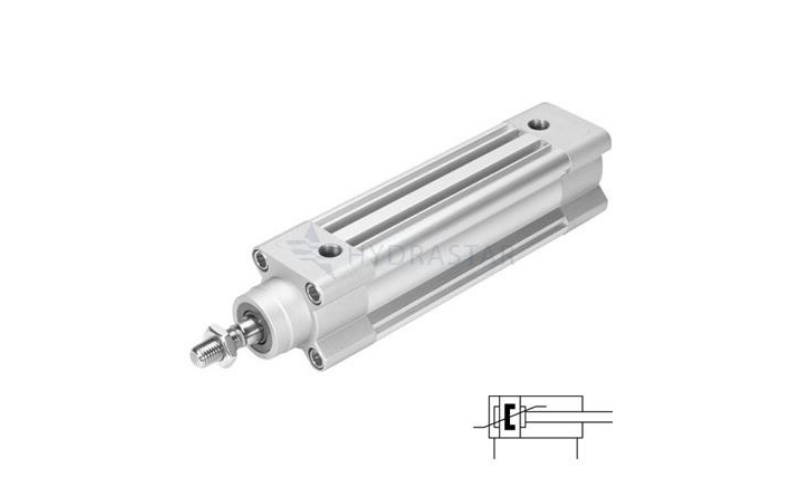The quality of a pneumatic cylinder can determine the longevity of your system. If installed improperly, the cylinder can cause unexpected system breakdowns.
Festo pneumatic cylinders are designed to last for years. However, their lifecycle depends on the quality of the installation and the system’s operation frequency. Let’s talk about a quick and safe way to install these cylinders into your system.
1. Attaching The Fittings
Pneumatic cylinders have special openings for fittings, which are later connected to the tubing. The pneumatic connection fittings are specifically designed for simple attachment to the cylinder and easy entrance of the tubing. Festo offers a wide selection of these fittings.
2. Lubricating The Cylinder
If you are installing a new Festo pneumatic cylinder, it comes properly lubricated. In case you haven’t used the cylinder in a long time or are re-installing it, you need to check if the seals are properly lubricated.
Insufficiently lubricated cylinder seals can lead to overheating or contaminants entering your cylinder.
3. Connecting The Tubing
The size and the length of the hoses are important to the operation of the cylinder. If you don’t have tubing in place yet, it’s important to check the manual or contact the system designer.
Connecting the tubes to the cylinder is usually as straightforward as inserting their ends into the fitting. Check size and length for an ideal fit.
4. Testing The System
Before you start operating your pneumatic system, you need to ensure your cylinder(s) are all operating within the right parameters. Your technicians should launch the system and have it run through a test regime to catch possible problems early.
5. Exercising Caution
When you replace or install pneumatic system components, safety comes first. A pneumatic system can cause serious injuries if not handled properly.
- Avoid installing Festo pneumatic cylinders if you don’t have the experience. Ask for professional assistance.
- Before doing any replacement or repair work with a pneumatic cylinder, disconnect the air and power supply.
- Make sure that the compressed air supply is well connected in order to avoid leaks.
- If you notice any cylinder misalignment, you may face a complete cylinder jam. Check the alignment in both extended and retracted positions. If you are dealing with a fixed cylinder, attach the piston rod while the rod is retracted.
- Mount pneumatic cylinders using the most durable and largest alloy steel socket head screws.
- Once the cylinder is installed, make sure it can easily swing through its working arc without interference from other components.
- The cylinder must be clean. When you buy a cylinder, its ports are plugged to avoid contamination. Don’t remove the plugs until the moment you start installing the fittings. Make sure that fittings and tubing are clean as well.
- If you need to store Festo pneumatic cylinders before installation, make sure to do it in a dry and clean place.
At Hydrastar, we offer a wide selection of Festo pneumatic cylinders for your pneumatic systems. We also offer professional assistance for cylinder installation, so for more information, please download our free e-book How To Minimise Downtime With Pneumatic Plant And Machinery.



